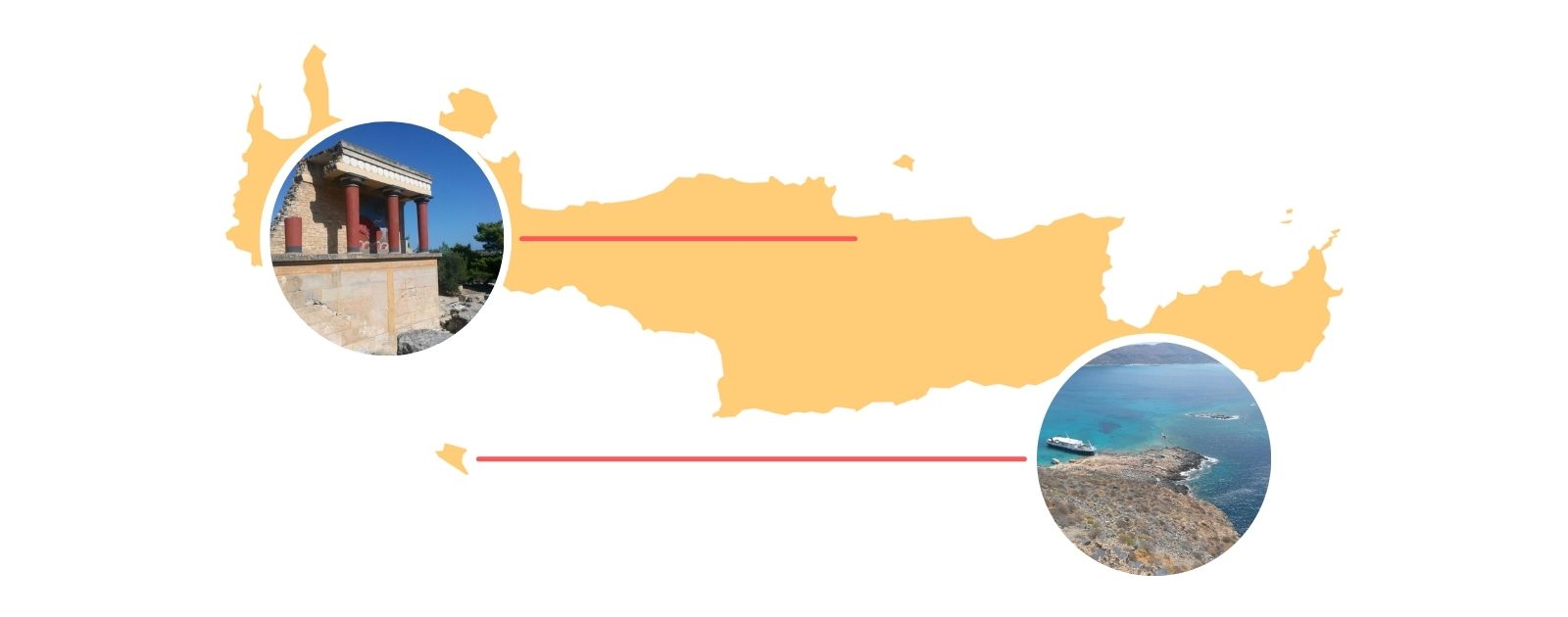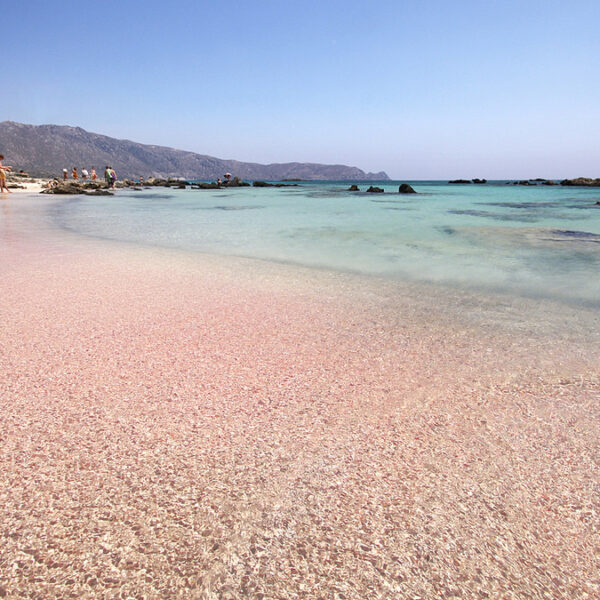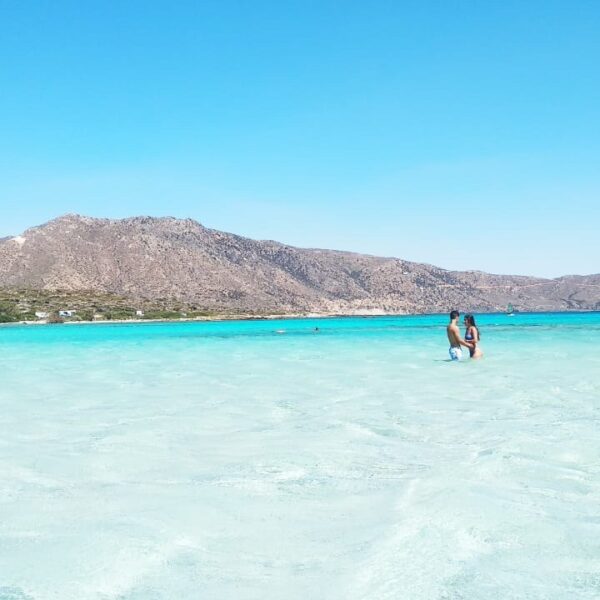What do do in Crete
Everyone can find something interesting to do. Those who are keen on water sports will be met by the purest sea, the best coastal waters in Greece and incredible beaches awarded with UN blue flags. Unforgettable routes await hikers. And people who simply want to bathe in the sun will be welcomed by 300 sunny days a year, noisy city beaches and cosy quiet bays.
Crete is equally attractive both for people seeking solitude and for those craving entertainment. Apart from relaxing on a beach you can enjoy busy nightlife that, even in large villages, naturally coexists with romantic charm of Cretan evenings and nights.
Modern Crete is one of the biggest economic and cultural regions in Greece. Tourist infrastructure here is more advanced compared to other islands. Warm sea, pleasant climate, well-developed network of tourist centres and lots of comfortable hotels have made Crete one of the most popular resorts in Europe.
Sights
The main attractions include archaeological sites such as palaces in Knossos, Phaistos, Malia and Gortyn, venetian castle Fortezza in Rethymno, the Lasithi Plateau with Zeus’ cave, the Samaria Gorge, Holy Patriarchal and Stavropegic Monastery of Arkadi, Monastery of Preveli, the monastery of Kera Eleousa and many others.
And the most important thing
Wherever you are in Crete, historical monuments, natural wonders, unique folk culture and hospitable Cretans await you.











